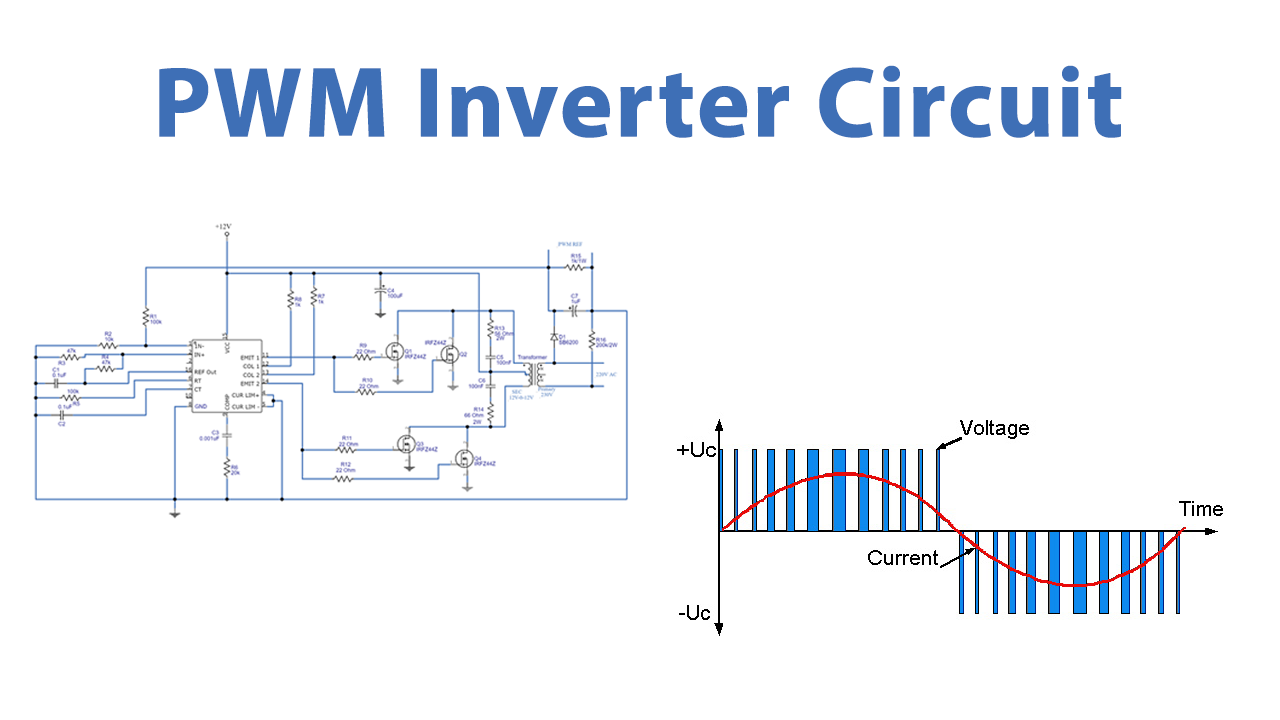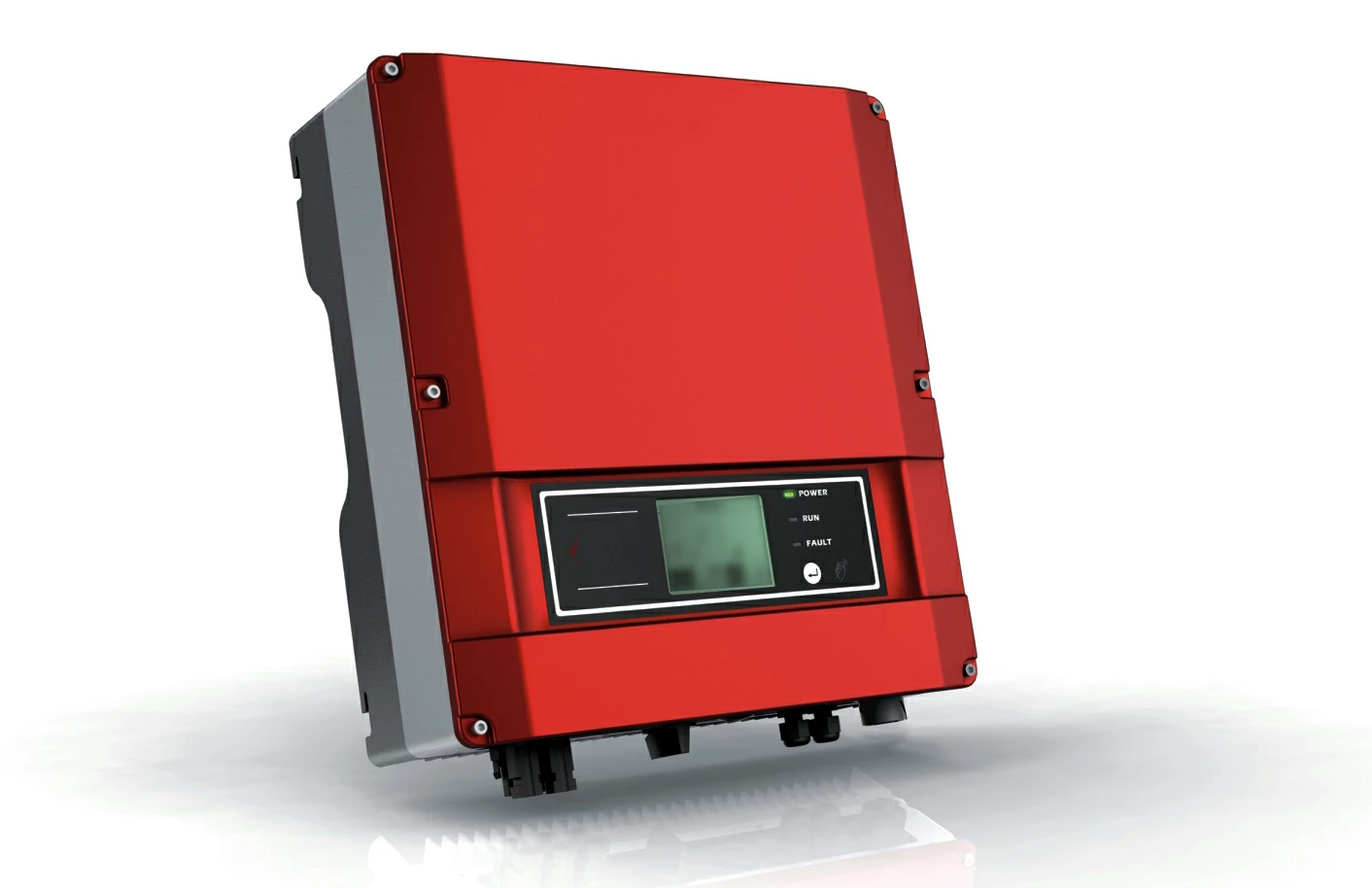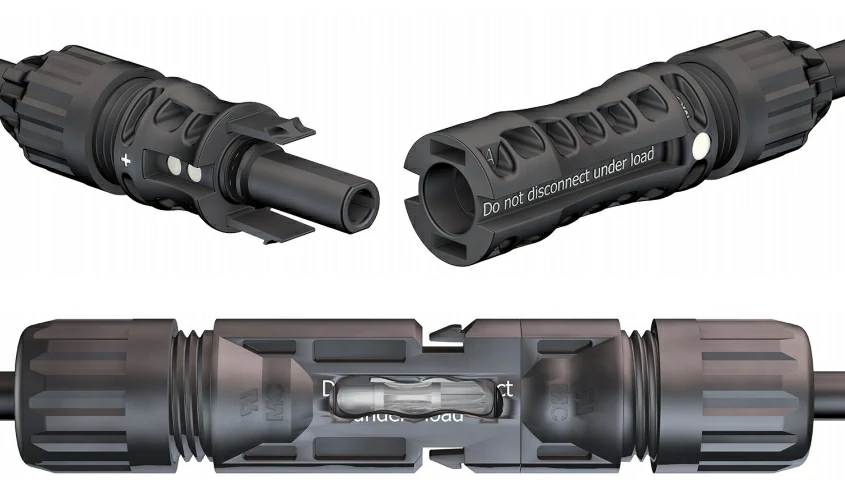Photovoltaic inverter Generally, the process of converting AC electrical energy...
Introduction to PWM inverter
Pulse Width Modulation Inverter (abbreviated PWM inverter) is a device widely used in power electronics and electrical engineering to convert direct current (DC) to alternating current (AC). By adjusting the pulse width of the output signal, the inverter can simulate the AC waveform close to the sine wave. Its excellent performance and flexible control mode make it widely used in many applications. This paper will discuss the working principle, advantages and disadvantages of PWM inverter and its application fields.

the working principle
The core of the working principle of PWM inverter lies in the "pulse width modulation" technology. The basic steps of the technology include:
Input DC power: PWM inverters are first connected to DC power sources, such as batteries, solar panels or power supply networks.
Generate a control signal: A high-frequency carrier signal (usually a triangular wave) is generated inside the inverter and compared with a modulated signal. The modulated signal can be a sine wave, square wave, or other waveform whose frequency determines the frequency of the output alternating current.
Pulse width modulation: By comparing the modulated signal with the carrier signal, a series of "on" and "off" pulses are generated, and the width of these pulses (duty cycle) varies according to the amplitude of the modulated signal. The higher the modulation signal, the longer the output high level time;
Otherwise, the high level time is shorter.
Filter and output: Through inductors, capacitors and other filters, the output pulse signal is smoothen processed to approximate the ideal sinusoidal waveform, and the final output of the required frequency and amplitude of alternating current.
advantages
Pulse-width modulated inverters have several significant advantages that make them the technology of choice in power electronics applications:
High efficiency: The switching devices of PWM inverters usually work in a low loss state (such as fully open or closed), which can effectively reduce energy loss and improve conversion efficiency.
Good waveform quality: Through reasonable modulation technology, PWM inverter can generate relatively high quality sine wave output, reduce harmonic distortion and improve power quality.
Flexible control ability: PWM inverter can quickly adjust the output frequency and voltage by changing the modulation signal to adapt to different load requirements, which can achieve fast response.
Wide modulation range: PWM technology allows operation over a wide voltage range, which allows the inverter to adapt to different application scenarios.
Strong applicability: PWM inverter is widely used in various types of motor control, renewable energy systems, UPS power supply and other fields.
DISadvantages
Pulse-width modulated inverters have several significant advantages that make them the technology of choice in power electronics applications:
High efficiency: The switching devices of PWM inverters usually work in a low loss state (such as fully open or closed), which can effectively reduce energy loss and improve conversion efficiency.
Good waveform quality: Through reasonable modulation technology, PWM inverter can generate relatively high quality sine wave output, reduce harmonic distortion and improve power quality.
Flexible control ability: PWM inverter can quickly adjust the output frequency and voltage by changing the modulation signal to adapt to different load requirements, which can achieve fast response.
Wide modulation range: PWM technology allows operation over a wide voltage range, which allows the inverter to adapt to different application scenarios.
Strong applicability: PWM inverter is widely used in various types of motor control, renewable energy systems, UPS power supply and other fields.
Application fields
PWM inverters show excellent performance in many fields and are widely used in:
Renewable energy systems: In solar photovoltaic and wind power generation, PWM inverters convert direct current to alternating current, feed into the grid or power loads.
Motor control: In industrial automation and electric vehicles, PWM inverters are used for motor speed regulation and frequency conversion control to achieve efficient motion control.
Uninterruptible power supply (UPS) systems: Provide a stable power supply for critical loads to ensure continuous operation during power outages.
Power quality improvement devices, such as active filters and dynamic voltage recovery devices, use PWM inverters to improve voltage quality and power supply factors.
Home appliances and home automation: In smart homes, PWM inverters are used to control the switching and dimming of appliances to enhance the user experience.
conclusion
PWM inverter, as an efficient and flexible power electronic equipment, is being used more and more in modern electrical engineering. Through advanced modulation technology, it can convert direct current into high-quality alternating current to meet the needs of different loads. With the continuous advancement of technology and the development of power electronics technology, PWM inverters will play a more important role in future trends such as renewable energy, electric transportation and smart grids.

Home energy storage product series
A lithium battery pack for home energy storage systems, which is compatible with solar panels and the sun The inverter can work together with the power grid to power household appliances, and it can also be used as a For off grid systems.
Extended reading
LiFePo4 home energy storage battery
A highly integrated backup power solution for solar home energy...
THE ESSC Brand promise
Global supply
Our products sell well all over the world, covering many countries and regions, through the global logistics network, to provide customers with convenient purchasing experience.
Rigorous quality
We adhere to the highest quality control standards to ensure every product meets industry regulations and customer expectations, earning trust through consistent excellence.
Excellent service
With a customer-centric approach, we provide prompt responses, professional support, and personalized services, aiming to deliver the best user experience and long-term value.





